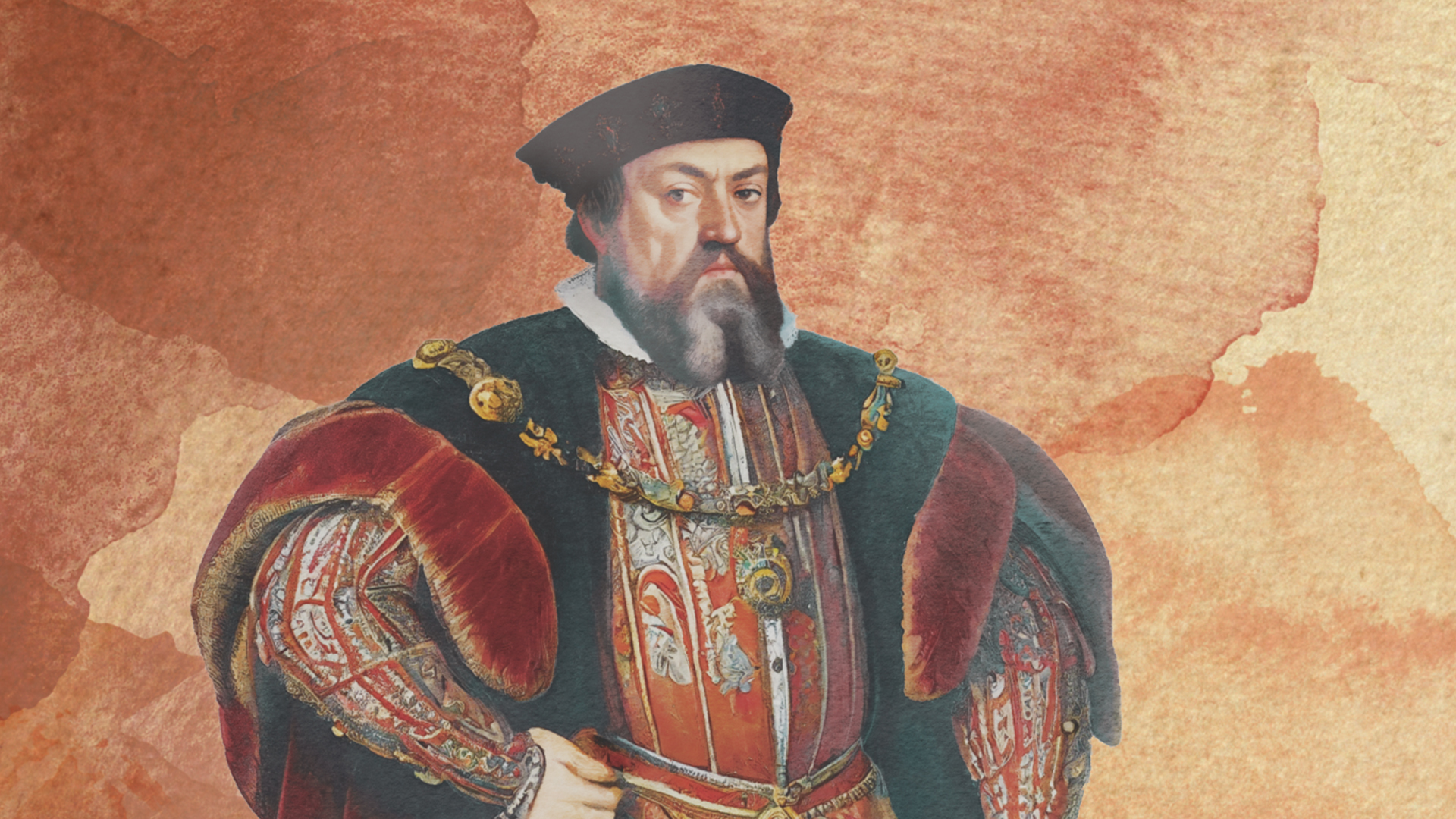King John III is one of the most celebrated Portuguese monarchs. Heir to a vast maritime empire that stretched across the Orient, Africa and the Americas, he ruled Portugal and its vast domains between 1521 and 1557.
He was the first-born son of King Manuel I’s second marriage to Maria of Aragon, daughter of the Catholic kings, and was born in Lisbon in 1502. During his government, he expanded Portugal’s dominion in the East and progressively occupied the territories of Brazil, instituting the captaincies.
Known by the nickname Pious, he manifested a singular religiosity, having enthusiastically welcomed the first Jesuit missionaries, among whom was Saint Francis Xavier, a fact that led to the advent of the Portuguese province of the Society of Jesus, the first in the history of this religious order.
King John III was also responsible for the establishment of the Court of the Holy Office in Portugal, in 1536, and for the definitive installation of the University in Coimbra, thus safeguarding the intellectuality of the ideas that could arrive in Lisbon.
With the Holy See’s consent, he reformed the Order of Christ, making the Portuguese monarchs its legitimate administrators, and turning the regulatory role of Portugal’s overseas empire over to the Holy See. He then abolished the patronage of the Order of Christ in Overseas Portugal, creating the Diocese of Funchal to run the churches it owned on the Islands, in Africa, Asia and Brazil.
As part of the Order’s reform, he also intervened in the Convent of Christ, building the grandiose Renaissance convent against the castle’s western flank. The main cloister, rebuilt by Diogo de Torralva in the Italian cinquecento style, is considered to be the first Mannerist work in Portugal.
After 36 years of reign, King John III died in Lisbon on 11th June 1557 and was buried in the Jerónimos Monastery. Despite having nine children, at the time of his death his only living heir was his grandson, D. Sebastião, who was only three years old.
King John III
